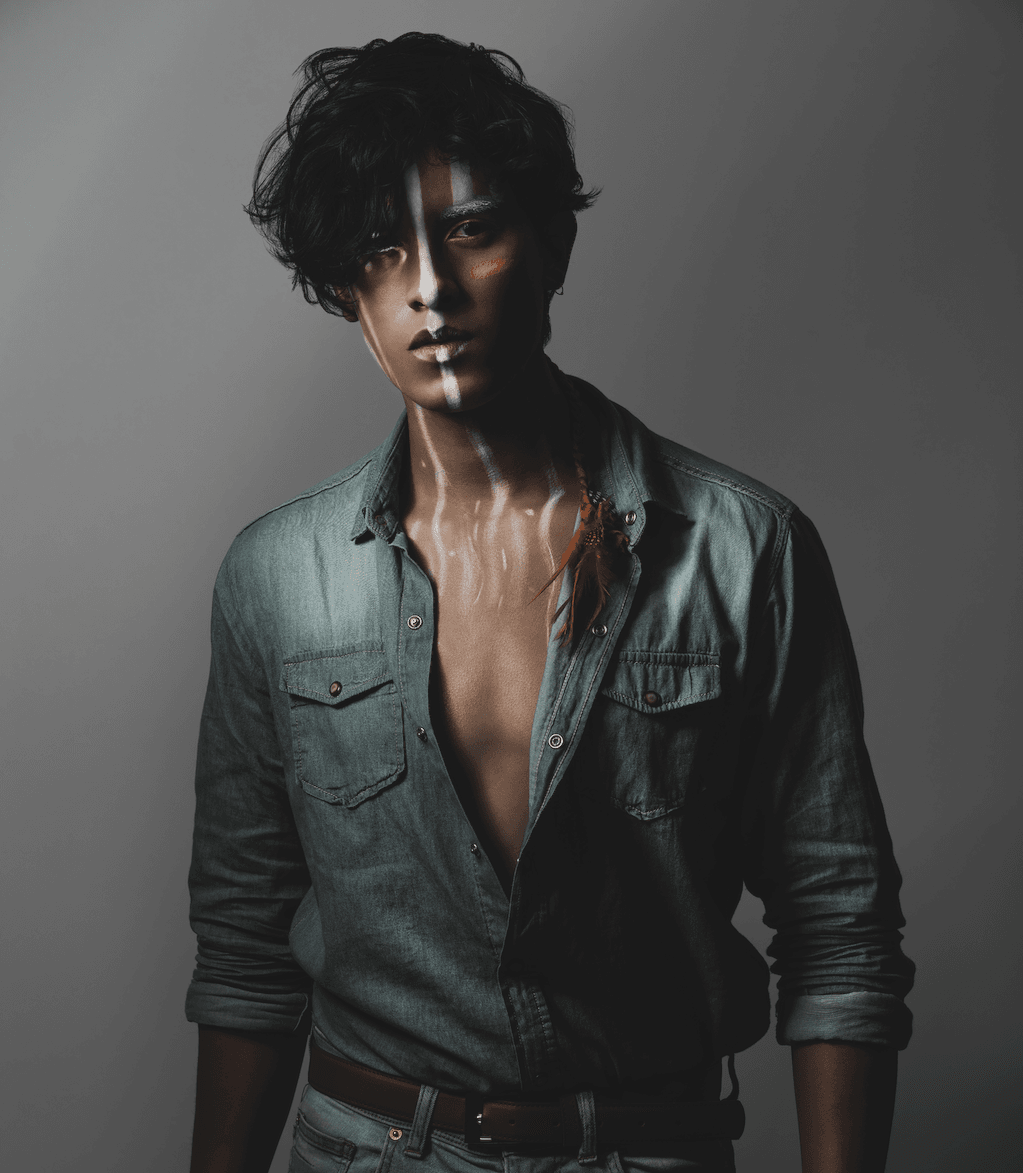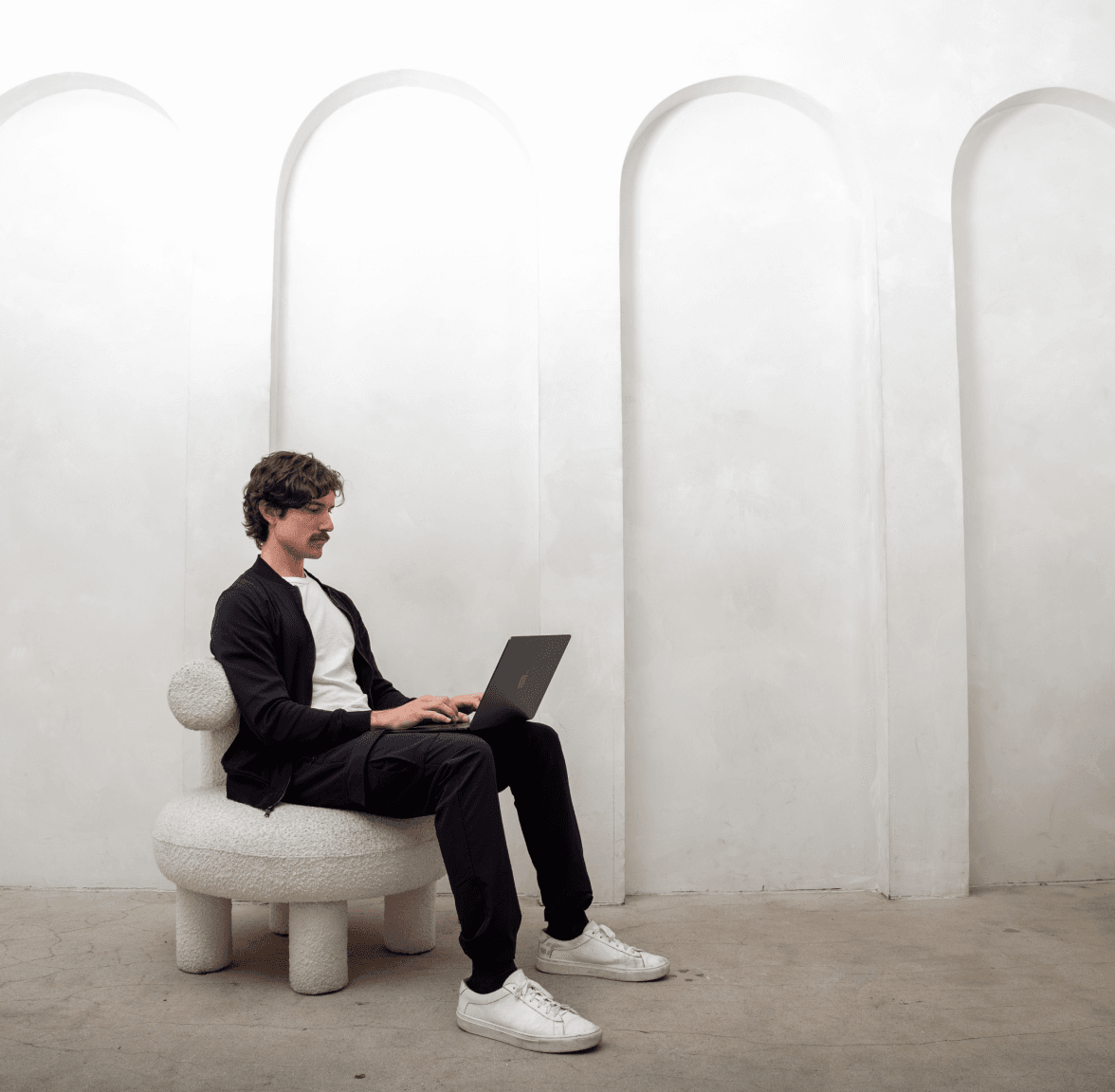Blog • Boulevard
How the Modern Beauty Industry Is Reclaiming Masculinity

By Shanalie Wijesinghe . Jul.22.2021
Share Article
The male beauty industry is in the middle of a renaissance. Here’s what you need to know to understand the shift.
What does it mean to be a manly man? For most of the 20th century, there seemed to be little debate about the ingredients of masculinity.
Men are strong. Men are brave. Men lift things, throw things, drink beer, and go to war. Men don’t really think about their hair, nails, or skin. And, when they do, all problems can be solved by a pair of clippers, a splash of cold water, or a bit of pomade.
But as we’ve gotten deeper into the 21st century, those once rock-solid standards of manliness have begun to show cracks. Men have started to experiment with the concept of male beauty en masse, creating a bit of a revolution. In many ways, it is a return to form for masculinity.
To understand this development, you have to start at the roots. This post will explore the history of Western masculinity and unpack the transition that's happening today.
Back in the day, men were...beautiful?
For most of history, male beauty standards didn’t share much in common with the modern construct of masculinity. Men used makeup, nail polish, and other “feminine” craft to enhance their features and social standing throughout the ancient world.
Egyptian men — most notably the Pharaoh himself — wore striking eyeliner with pride. Babylonian men used nail polish to telegraph their status. Roman men put almost the entire beauty toolkit to work to stand out in a crowd, powdering their skin, painting their nails, and putting rouge on their cheeks.
Not to be outdone by their ancestors, the noblemen and aristocrats of Europe adorned themselves with white powders, luxurious fabrics, flowing wigs, and revealing leggings. They even threw in high-heels for good measure.
While remnants of this alternate world live on in a few places, like theatre, for the most part, modern society has put a clear — and relatively small — fence around men’s aesthetics. Hair should be short and straightforward. As long as your skin is clean, it’s okay. And nails? The only time polish is proper is when your young child applies it to show off their skills. Somewhere along the line between Louis XIV’s bodacious locks and Don Draper’s combover, male beauty standards took a turn for the serious.
But why?
The day men stopped wearing wigs
A complex cocktail of class unrest and intellectual change inspired the social movement known as The Great Male Renunciation.
The enlightenment was changing the world, pushing society towards a more pragmatic ethos — and away from the baroque inclinations of the European nobility. There was an element of class rebellion in this, too, as working men began to push back against elite snobbery. Transforming a former insult hurled at them by the upper class into a statement of solidarity, rebels used “sans-culottes,” a term for impoverished clothing, as a rallying cry during the French Revolution. Similar unrest was catalyzing across the pond, and the resulting confluence of ideas changed the landscape of male beauty for centuries.
There would be no more decadent wigs, expensive silks, or stockings. Heels were through. So was makeup. All the beauty, ornament, and artistry had to go. The last few — thousand — years had gone on too long and gone too far. It was time for male aesthetics to get back to the roots it never knew it had.
Roots that it, in fact, never really had at all.
Don’t call it a comeback
In October of 2016, Covergirl chose James Charles, a beauty influencer, to be the cosmetic company’s first male brand ambassador. The YouTuber’s striking features and makeup brush artistry were too good to pass up. In December of 2020, British pop icon Harry Styles became the first man to grace the cover of US Vogue. His outfit? An arresting combo of a flowing baby-blue dress and a pitch-black tuxedo jacket.
While these and other bold challenges to men’s beauty standards have received everything from fuming outrage to gushing applause, they’ve sent a unified message. Men are taking back their long-held renunciation, and the beauty industry is in the process of reclaiming masculinity in its fullest expression.
YouTube, Instagram, and other social media platforms are seeing a surge of male cosmetics and beauty influencers. Established brands like Shiseido, Chanel, Mac, and Tom Ford have all pushed makeup product lines explicitly targeting men. Beauty businesses are increasingly offering male-driven services, and some new entrants, like David Yi's Good Light, are providing products that cater to a gender-fluid audience. Even the rise of male grooming brands like Manscaped, while drawing on the image of the “alpha male,” signal that even the most “traditional” segments of our society are not immune to the cultural shift now underway.
In reality, there is nothing new about any of these trends. If anything, what we’re seeing is a resurgence in the classical vision of men — a vision that includes the delicate, the refined, and the beautiful. While recent history may have ingrained conditioned discomfort at the thought of a man wearing makeup, a broader view of our culture reveals that the unease is what’s new, not the style.
Embracing the era
Masculinity is a multifaceted thing. In some eras, it was defined by playfulness and extravagance — in others, stern simplicity. What we’re moving toward now is beyond any one spot on the aesthetic spectrum. In this new world, what constitutes male beauty will increasingly be a matter of personal choice instead of societal norms.
And the businesses prepared for that new world will be in the best position to thrive.
Boulevard was built to help your business achieve profitability at scale without losing an inch of sanity. See for yourself! Get a free demo today.
Sign up for weekly blog updates.
